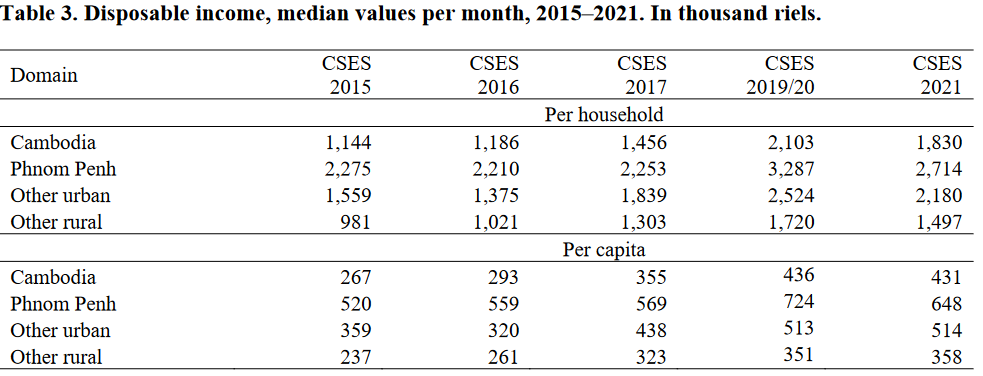Detour on the Road to Siem Reap
Escape from the Frenzy
Earlier this week, I traveled along with a few members of the ODC team to an AI conference in Siem Reap. The van departed from Phnom Penh on a toasty Sunday afternoon. The traffic slowly began to moderate as we made our way out of the city. The two-lane national road surrounded by apartment buildings and businesses gave way to a single lane road surrounded by farms, small homes, and road-side businesses. As we traveled north-west, the sun began to set on the lush green farming fields and nearby hills.
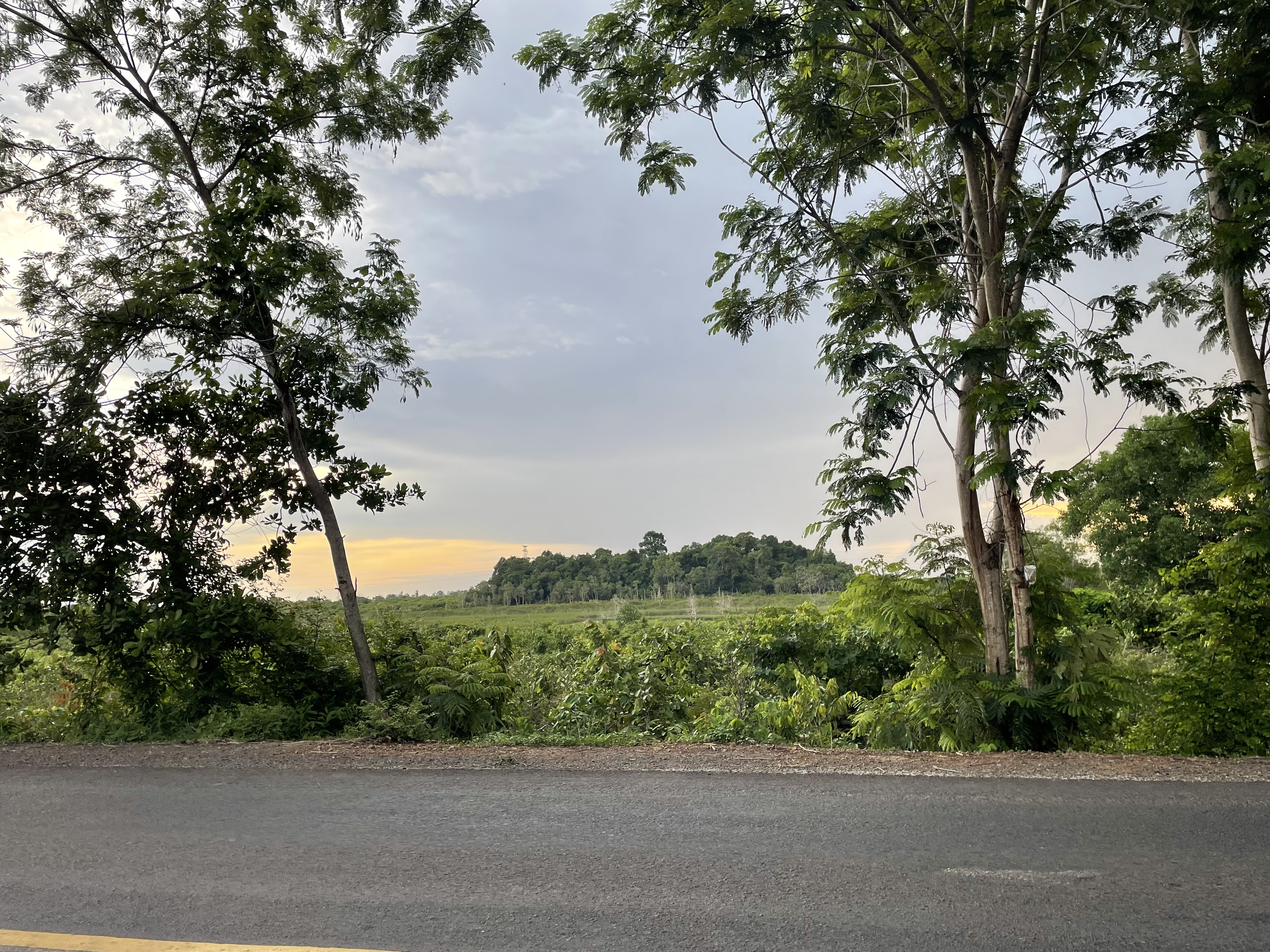
We made a few pit stops along the way for food and gas. I was a little surprised when we pulled into the first gas station, and the attendant plugged what looked like a small hose into a slot right next to the tailpipe. It turns out that our van was powered by natural gas rather than liquid petroleum. Road vehicles powered by Natural gas seem to be relatively common given the number of gas stations that had fuel for both types of vehicles. After the pit stop, we continued our journey while swerving around mopeds and tractors. The national roads connecting populations centers were paved, but many of the side roads were not. We eventually stopped at the local market in Preah Vihear where I tried some of the local prepared food. While the Preah Vihear market had a similar selection of fish and vegetables as the markets in Phnom Penh, the cooked meals were unique. Anthony Bourdain once asserted that food is "an extension of nationalist feeling, ethnic feeling, your personal history, your province, your region, your tribe, your grandma," a sentiment that resonated with me as I devoured a fried rice cake.
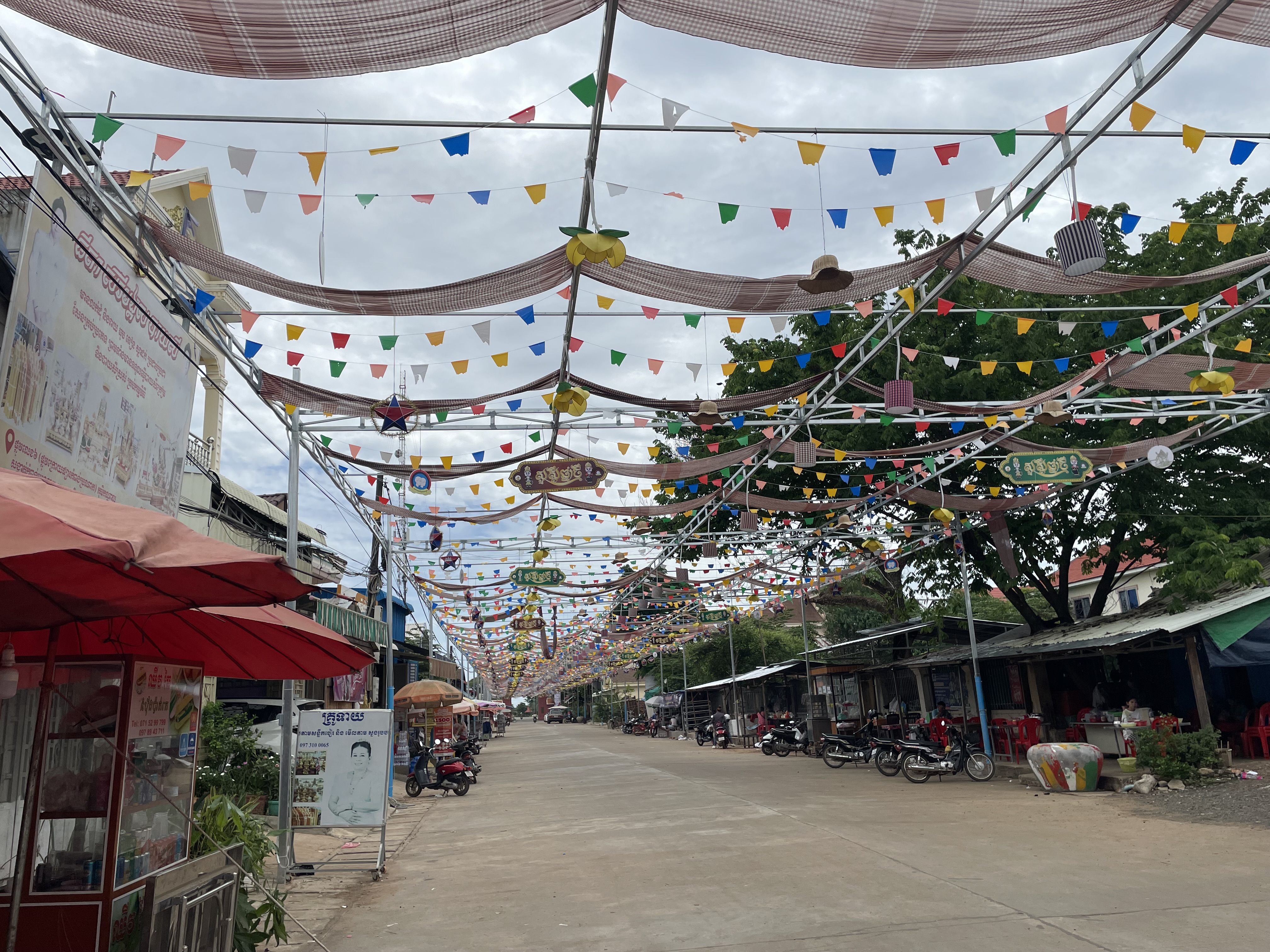
Open Development Cambodia's Prayuters Library in Preah Vihear
We made a detour on Monday morning to visit the Prayuters Library in Preah Vihear that ODC sponsors. It is a delightful little library with friendly staff. The library, staffed by one permanent employee and supported by a handful of enthusiastic volunteers, exudes a welcoming atmosphere that encourages community engagement. The library was launched in September 2023 in Hmor Seth Village.

The interior space is very clean and comfortable. It is open to the public, but most frequently used by students from the nearby public schools seeking a quiet place to read and study. The library has an extensive collection of books in multiple languages and free public WiFi. ODC hopes the Prayuters Library will become a cornerstone of learning and encourage community interaction.
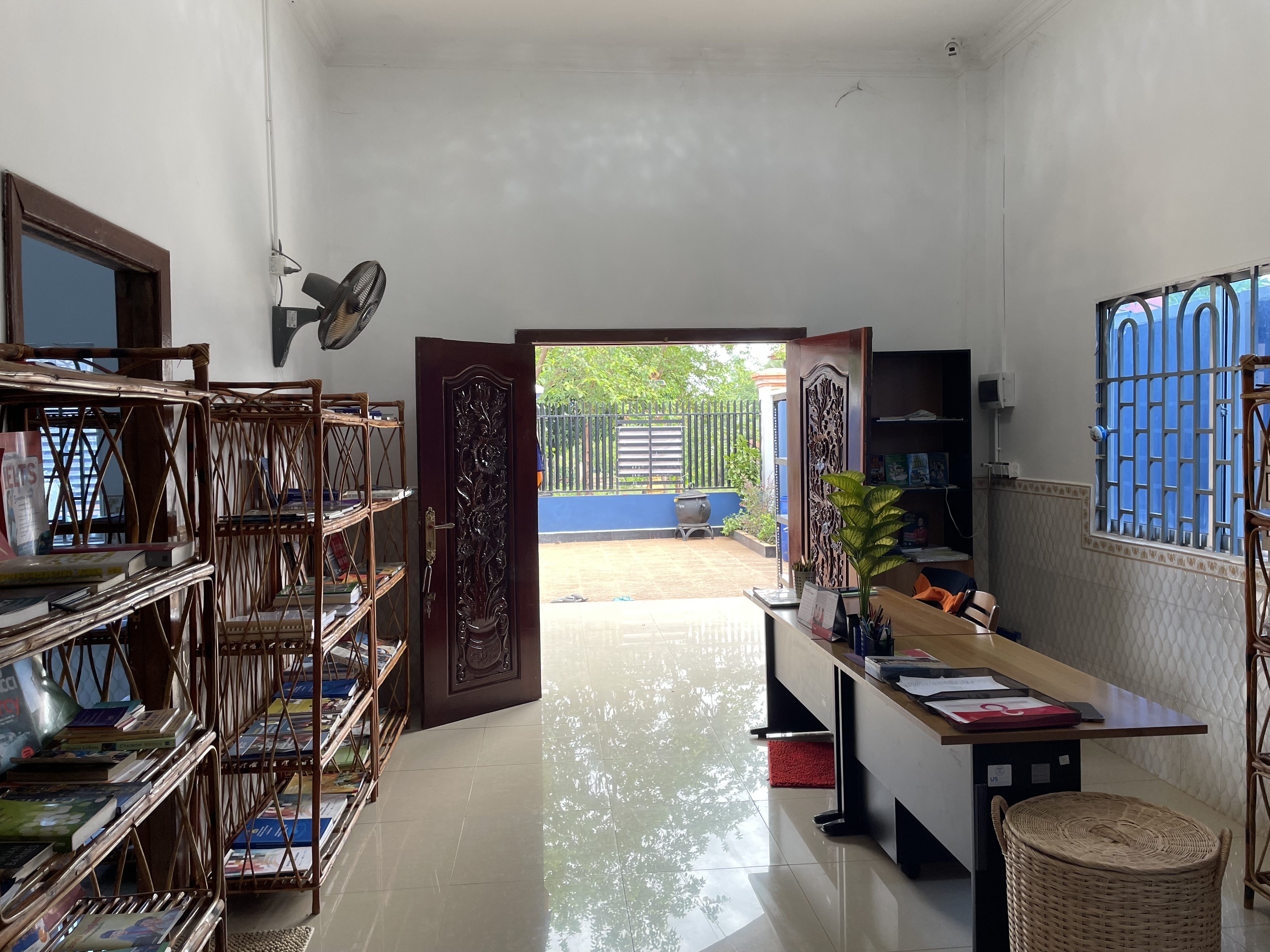
“Enabling Environment for a Human-Centered Adoption of AI in ASEAN”
The AI conference was hosted in Siem Reap as a side event of the larger 85th meeting of the ASEAN Committee on Science, Technology, and Innovation (COSTI-85). The conference was sponsored by the Cambodian Ministry of Industry, Science, Technology & Innovation (MISTI) in collaboration with The Asia Foundation and Stanford Human-Centered Artificial Intelligence (HAI). The event covered a wide array of artificial intelligence (AI) topics pertinent to policy makers, private-sector stakeholders, educational institutions, and civil society organizations in ASEAN. Dr. Sanmi Koyejo and Dr. Jeff Hancock spoke in person about some of the contemporary issues facing AI like algorithmic bias and trustworthiness. Afterwards, a virtual panel discussed AI regulations and policies in the EU, USA, and ASEAN. A core theme of the conference was exploring ways that Cambodia can utilize emerging technologies like AI to improve the welfare of the public and achieve sustainable growth.
Urban-Rural Divide in Cambodia
Cambodia's urban-rural divide manifests both in terms of economic and educational disparities. Economic growth in Cambodia has not been evenly distributed with many rural areas lagging behind. Educational disparities are similarly stark, with rural students lacking resources available to their urban counterparts. The percentage of Cambodia’s population that lives in rural areas has declined from 77% in 2015 to 60.7% in 2021 according to the Report of Cambodia Socio-Economic Survey 2021 from Cambodia’s National Institute of Statistics.
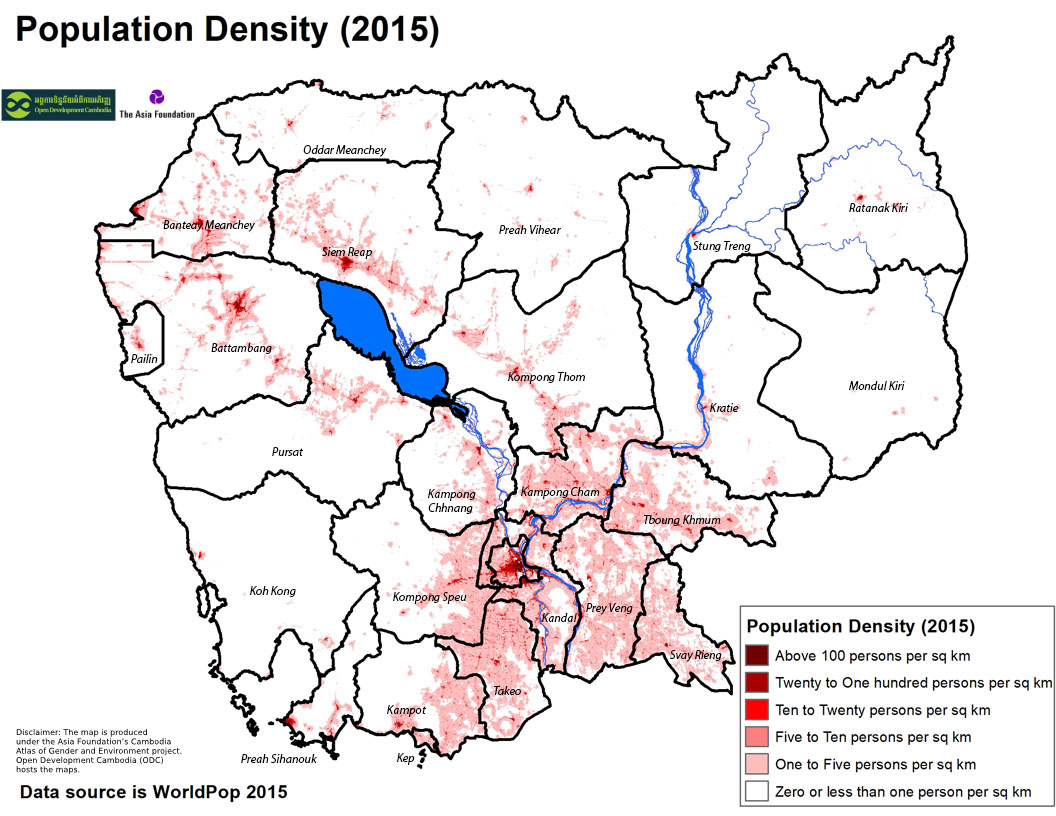
The 2015 map of Cambodia’s poverty rate in each province shows higher levels of poverty in rural areas in Northern Cambodia. The map also shows that the poverty rate in Phnom Penh is considerably lower than the national average.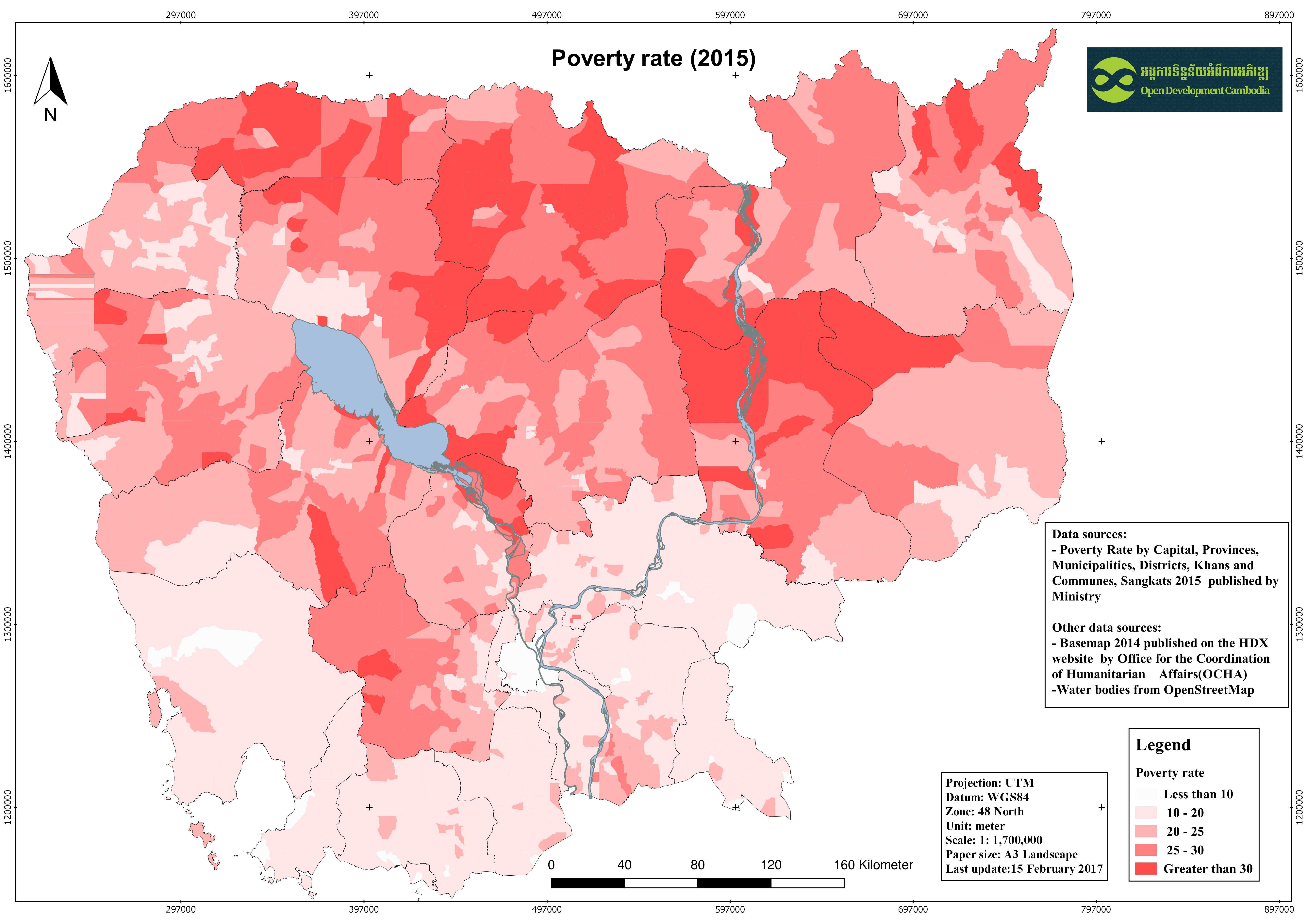
Cambodia’s disposable income per capita has increased from around $67 USD in 2015 to nearly $106 USD in 2021. As of 2021, rural Cambodia remains about 17% behind the national average in disposable income per capita. This percentage gap has increased from around 12% in 2015.